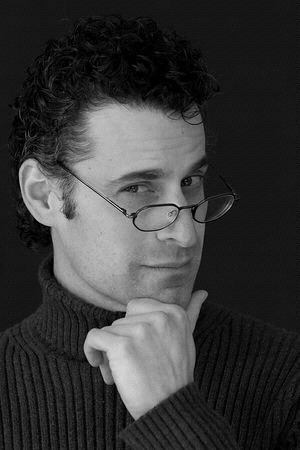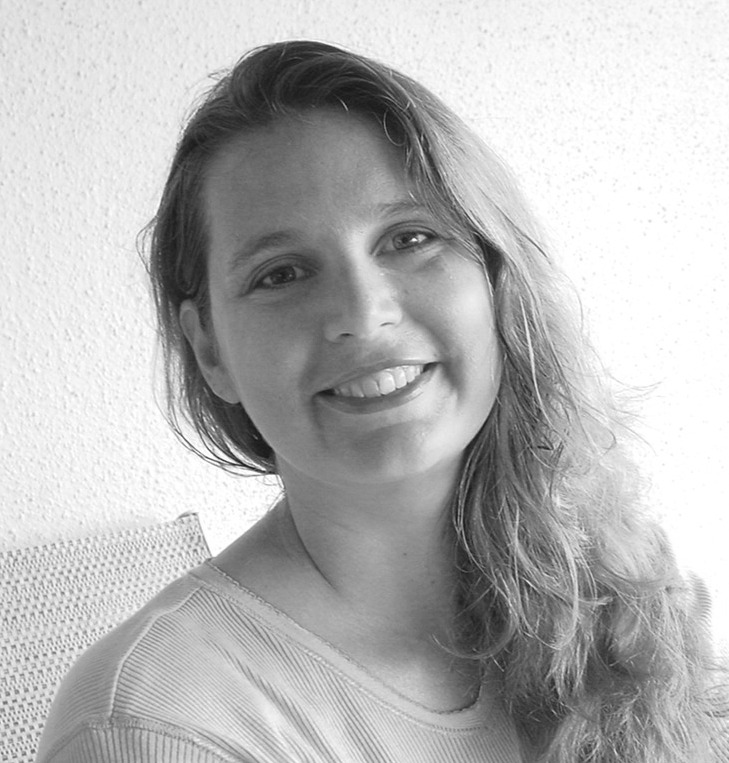|

Ed Burger
Williams College
'How Always to Win at Limbo'
or
'You can sum some of the series some of the
time, and
some of the series none of the time... but can you sum some of
the series ALL of the time?'
Have you ever gone out with someone for a while and asked
yourself: 'How close are we?' This presentation will answer that
question by answering: What does it mean for two things to be
close to one another? We'll take a strange look at infinite series,
dare to mention a calculus student's fantasy, and momentarily
consider transcendental meditation. In fact, we'll even attempt
to build some very exotic series that can be used if you
ever have to flee the country in a hurry: we'll either succeed
or fail... you'll have to attend the lecture to find out. Will
you be at the edge of your seats? Perhaps; but if not, then
you'll probably fall asleep and either way, after the talk,
you'll feel refreshed. No matter what, you'll learn a sneaky way
to always win at Limbo.
This presentation is open to all math fans--young and old alike.
A familiarity with infinite series is helpful. If you've ever
heard of the words "triangle inequality", then this is the talk
for you.
|
Edward Burger is Professor of Mathematics at Williams College. His research interests are in number theory, and he is the author of over 30 research articles and 12 books including "The Heart of Mathematics: An invitation to effective thinking" (winner of a 2001 Robert W. Hamilton Book Award). Burger was awarded the 2000 Northeastern Section of the MAA Award for Distinguished Teaching and 2001 MAA Deborah and Franklin Tepper Haimo National Award for Distinguished Teaching of Mathematics. The MAA named him the 2001-2003 Polya Lecturer. In 2002-2003 he was the Ulam Visiting Professor at the University of Colorado at Boulder, where he was awarded the 2003 Residence Life Teaching Award. In 2004 he was awarded Mathematical Association of America's Chauvenet Prize and in 2006 he was a recipient of the Lester R. Ford Prize. Burger is an associate editor of the American Mathematical Monthly and a trustee of the Educational Advancement Foundation. In 2006, Reader's Digest listed Burger in their annual "100 Best of American" as America's Best Math Teacher.
|
|

Joe Gallian
University of Minnesota Duluth
'Using groups and graphs to create
symmetry patterns'
We use video animations to explain how Hamiltonian paths,
spanning trees, cosets in groups, and factor groups can be used
to create computer generated symmetry patterns in hyperbolic and
Euclidean planes. These methods were used to create the image for
the 2003 Mathematics Awareness Month poster.
|
Joe Gallian took office as the President of the Mathematical Association of America in January of 2007. After serving as a visiting Assistant Professor at Notre Dame for one year, he went to the University of Minnesota Duluth where he is a Morse Alumni Distinguished University Professor of Teaching.
Among his honors are the MAA's Haimo Award for distinguished teaching, the MAA Allendoerfer and Evans awards for exposition, an MAA Polya Lecturer, a term as MAA Second Vice President, co-director of the MAA's Project NExT, associate editor of the *American Mathematical Monthly* and the *Mathematics Magazine*, advisory board member for Math Horizons, and the Carnegie Foundation for the Advancement of Teaching Minnesota Professor of the Year in 2003.
Besides the usual math courses, he has taught a Humanities course called the "The Lives and Music of the Beatles" for more than 25 years and a liberal arts course on math and sports. In 2000 a Duluth newspaper cited him as one of the "100 Great Duluthians of the 20th Century."
|
|

Meredith Blue
'Accidents Will Happen - Estimating Risk in Nuclear Power Plants'
The strong nuclear force encompasses vast
amounts of energy. Nuclear power plants convert much of this energy into useable electric power. Of course, "with great power comes great responsibility", and we must weigh the risks and ensure nuclear plants are operated in a safe manner. A Probabilistic Risk Assessment (PRA) model is built by developing fault trees (a logic structure combining logical operators with failure events) that are linked to particular accident sequences. Each unique accident scenario has a minimal set of individual events that must all occur in order for the accident to result. That is, each unique accident scenario corresponds to a particular set of individual failures (component failures, human
errors, system failures etc). The probability of each unique
accident scenario can only be estimated as many assumptions are required for computation to occur; resulting in uncertainty in the "accident frequency". |
|